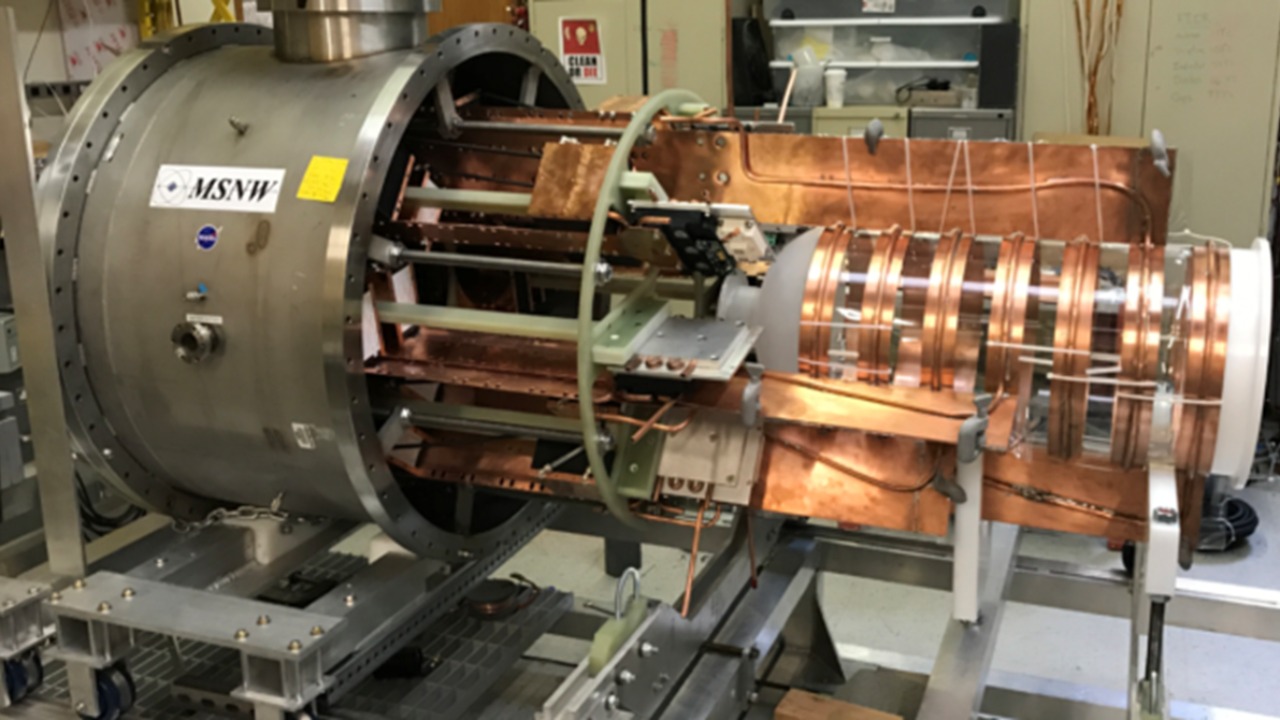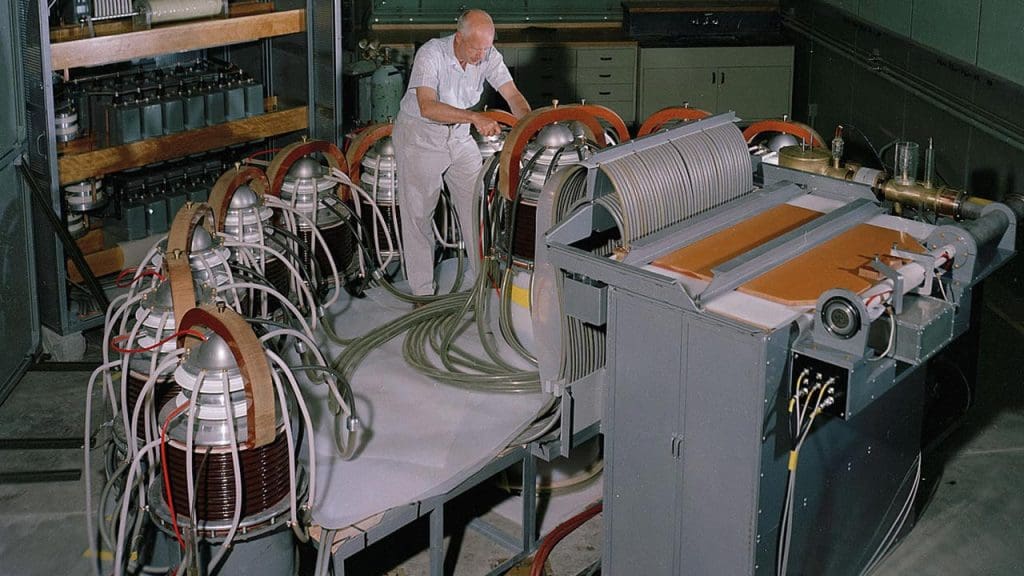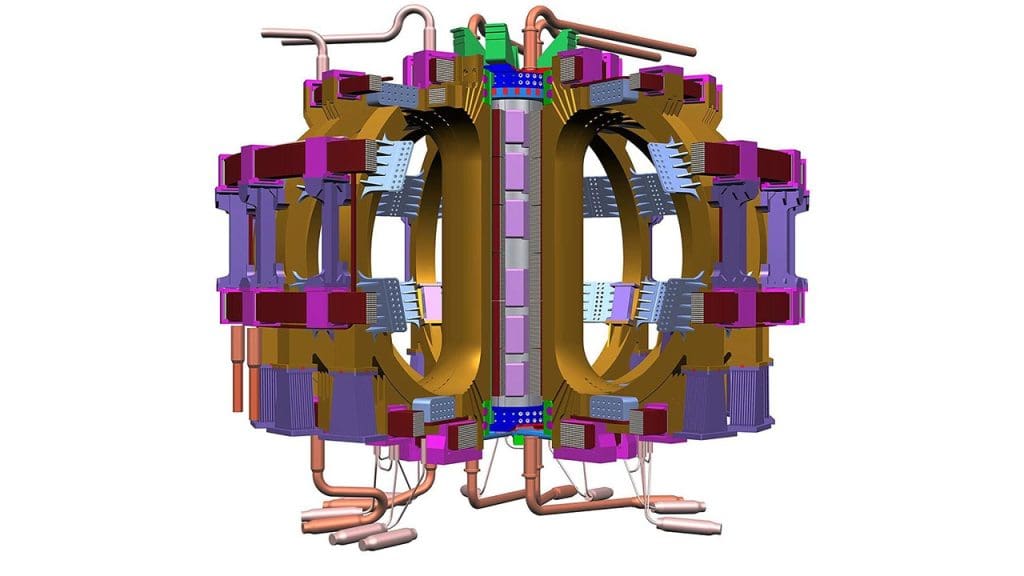
Scientists are on the brink of a breakthrough that could revolutionize the way we generate power, potentially providing a virtually unlimited and sustainable energy source. Recent advancements in fusion technology have sparked excitement and curiosity about when this groundbreaking power source could be widely available.
The Science Behind Fusion Power

Nuclear fusion, the same process that powers the sun, promises a cleaner and more sustainable energy source compared to current nuclear fission technology. Unlike fission, which splits heavy atomic nuclei, fusion involves the merging of light atomic nuclei to form a heavier nucleus, releasing an immense amount of energy in the process. This method significantly reduces the amount of radioactive waste and utilizes abundant fuel sources, such as deuterium and tritium, which can be extracted from water and lithium, respectively.
Despite its potential, achieving a sustainable fusion reaction poses significant technological challenges. One of the main hurdles is achieving the extremely high temperatures and pressures needed to sustain the fusion reaction. Experimental reactors like ITER (International Thermonuclear Experimental Reactor) are at the forefront of this effort, aiming to demonstrate the feasibility of fusion as a large-scale and carbon-free source of energy.
Recent Breakthroughs and Developments

Significant strides have been made in fusion technology, bringing us closer to practical applications. Recent achievements, such as the successful ignition of a controlled fusion reaction, have demonstrated that sustaining these reactions for longer periods is possible. Milestones like these are critical in overcoming past limitations and moving toward a future where fusion energy is a viable power source.
International collaborations have been pivotal in advancing fusion research. Countries like the United States, the European Union, and China have been at the forefront of this scientific frontier, often working in concert with private enterprises to pool resources and expertise. These global partnerships have accelerated progress, allowing for shared knowledge and innovation that surpasses what any single nation could achieve alone.
Potential Impact and Timeline for Deployment

The potential impact of fusion energy on global energy markets is profound. Fusion could significantly reduce our reliance on fossil fuels, playing a crucial role in combating climate change. Economically, the deployment of fusion technology could spur new industries and create jobs, providing a sustainable foundation for future growth. The environmental benefits, coupled with the promise of abundant energy, make fusion a highly attractive option for the future.
Experts predict that fusion power could become commercially viable within the next few decades. However, several steps and milestones must be achieved before fusion can be widely accessible. Continuous research, technological advancements, and substantial investment will be essential to realizing this potential. With global momentum building, the dream of a fusion-powered future is becoming increasingly tangible.